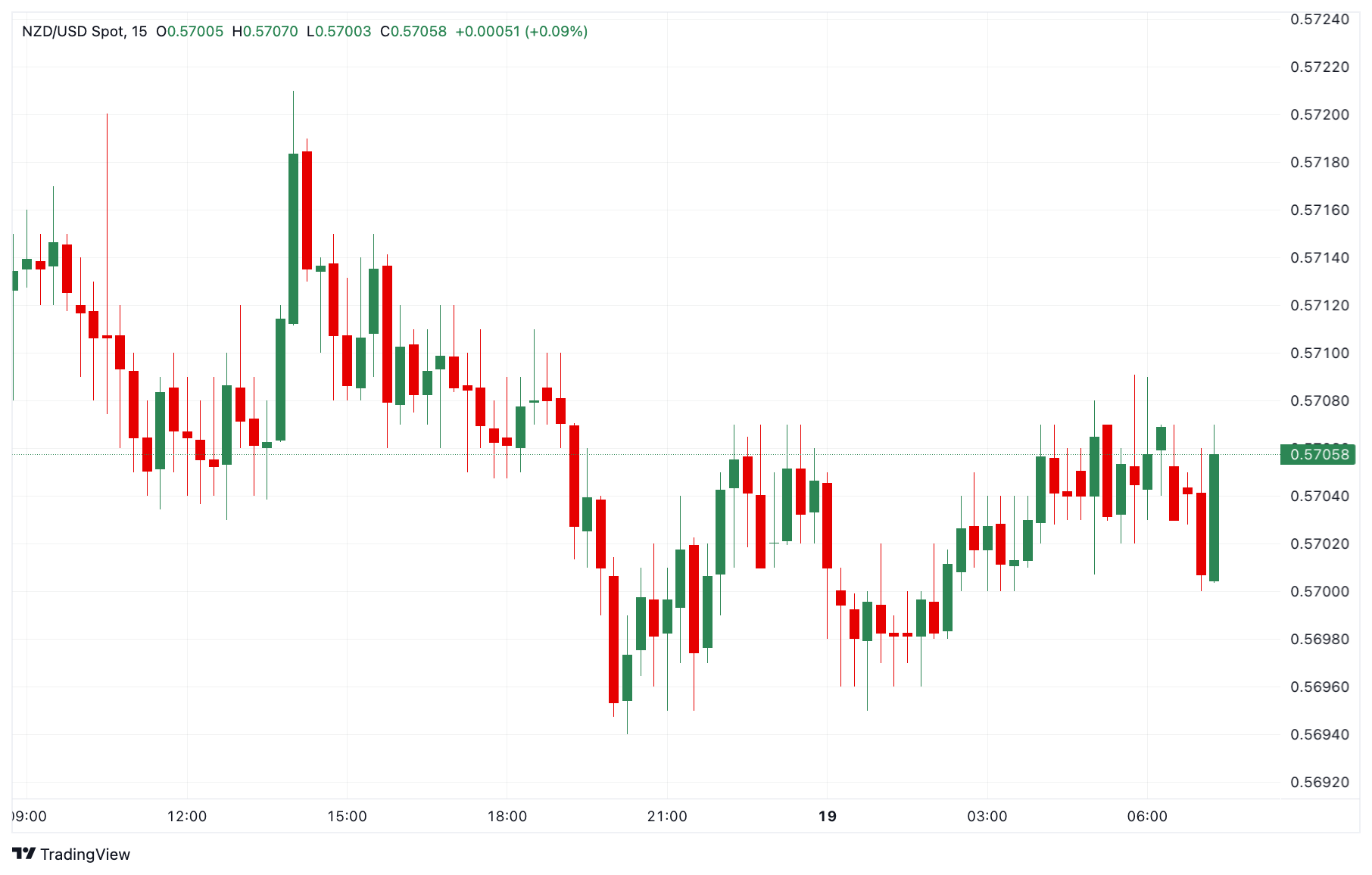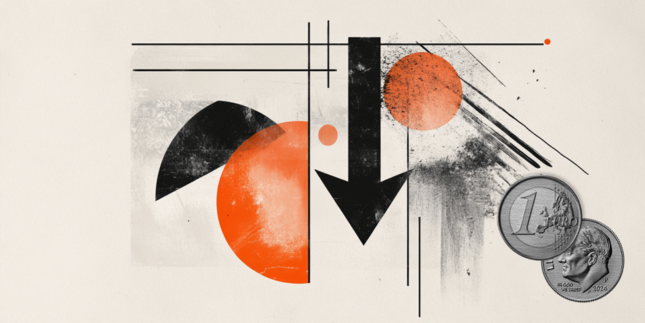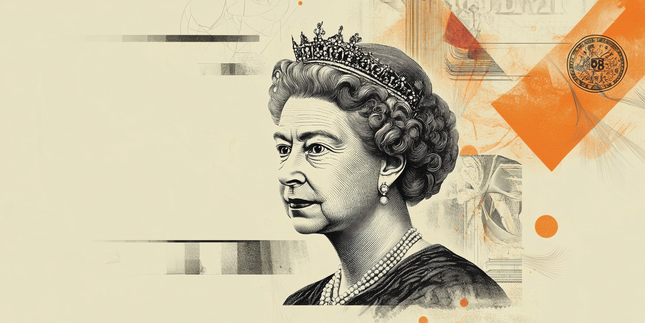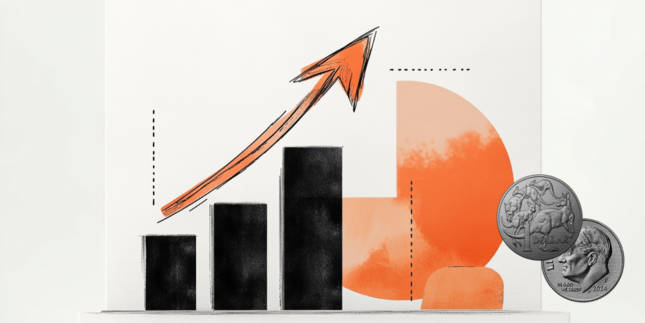Orr Speech: RBNZ Governor discusses interest rate outlook after the 50 bps cut
Reserve Bank of New Zealand’s (RBNZ) Governor Adrian Orr presents the prepared remarks on the policy statement and responds to media questions at the press conference after the February monetary policy announcement.
Following its February policy meeting, the RBNZ announced another 50 basis points (bps) cut to the Official Cash Rate (OCR) from 4.25% to 3.75%, as widely expected.
RBNZ press conference key quotes
OCR path projects 50 bps by mid this year, around July.
Cuts in April and May are about right.
Longer term risks include US tariffs which slow global growth.
Could see faster GDP growth at home if confidence returns.
Tariffs are negative for growth globally and in New Zealand.
NZ$ around fair value, has been a welcome boost to incomes.
Economic Indicator
RBNZ Press Conference
Following the Reserve Federal´s economic policy decision, the Reserve Bank Governor gives a press conference regarding monetary policy. His comments may influence the volatility of NZD and determine a short-term positive or negative trend.
Read more.Next release: Wed Feb 19, 2025 02:00
Frequency: Irregular
Consensus: -
Previous: -
Source: Reserve Bank of New Zealand
The Reserve Bank of New Zealand (RBNZ) holds monetary policy meetings seven times a year, announcing their decision on interest rates and the economic assessments that influenced their decision. The central bank offers clues on the economic outlook and future policy path, which are of high relevance for the NZD valuation. Positive economic developments and upbeat outlook could lead the RBNZ to tighten the policy by hiking interest rates, which tends to be NZD bullish. The policy announcements are usually followed by Governor Adrian Orr’s press conference.
This section below was published at 01:00 GMT following the Reserve Bank of New Zealand (RBNZ) policy announcements.
The Reserve Bank of New Zealand (RBNZ) lowered the Official Cash Rate (OCR) by 50 basis points (bps) from 4.25% to 3.75%, following the conclusion of the February policy meeting on Wednesday.
The decision aligned with the market expectations.
The RBNZ has cut the official cash rate by 175 bps since August 2024.
Summary of the RBNZ Monetary Policy Statement (MPS)
If economic conditions continue to evolve, scope to lower ocr further in 2025,
Committee has confidence to continue to lower rates.
Economic activity remains subdued.
Economy expected to recover over 2025.
Having CPI close to middle of target band puts committee in best position to respond to future inflationary shocks.
Consumer price inflation in New Zealand is expected to be volatile in the near term, due to a lower exchange rate and higher petrol prices.
Committee is well placed to maintain price stability over the medium term.
Minutes of the RBNZ interest rate meeting
If economic conditions continue to evolve as projected, the committee has scope to lower the ocr further through 2025.
Expectations of future inflation, the pricing intentions of firms, and the degree of spare productive capacity are consistent with the CPI inflation target being sustainably achieved.
There is a risk of increased trade barriers and broader geoeconomic fragmentation.
This provides the context and the confidence for the committee to continue lowering the ocr, and at a faster pace than projected in november.
An increase in trade restrictions is likely to reduce economic activity in New Zealand.
RBNZ updated economic forecasts
Annual consumer price inflation remains near the midpoint of the Monetary Policy Committee's 1 to 3 percent target band.
RBNZ sees Official Cash Rate at 3.45% in June 2025 (pvs 3.83%).
RBNZ sees Official Cash Rate at 3.1% in March 2026 (pvs 3.43%).
RBNZ sees TWI NZD at around 67.5% in March 2026 (pvs 69.5%).
RBNZ sees annual CPI 2.2% by March 2026 (pvs 2.3%).
RBNZ sees Official Cash Rate at 3.1% in June 2026 (pvs 3.32%).
RBNZ sees Official Cash Rate at 3.1% in March 2028.
NZD/USD reaction to the RBNZ interest rate decision
The New Zealand Dollar remains on the defensive in an immediate reaction to the RBNZ interest rate decision. The NZD/USD pair currently trades around 0.5680, down 0.42% on the day.
NZD/USD 15-minute chart
New Zealand Dollar price today
The table below shows the percentage change of New Zealand Dollar (NZD) against listed major currencies today. New Zealand Dollar was the weakest against the US Dollar.
| USD | EUR | GBP | CAD | AUD | JPY | NZD | CHF | |
| USD | 0.03% | 0.09% | 0.05% | 0.12% | 0.06% | 0.40% | 0.07% | |
| EUR | -0.03% | 0.05% | -0.01% | 0.07% | 0.02% | 0.30% | 0.02% | |
| GBP | -0.09% | -0.04% | -0.04% | 0.03% | -0.02% | 0.26% | -0.02% | |
| CAD | -0.05% | 0.00% | 0.04% | 0.07% | 0.03% | 0.36% | 0.02% | |
| AUD | -0.11% | -0.07% | -0.03% | -0.08% | -0.05% | 0.29% | -0.05% | |
| JPY | -0.06% | -0.03% | 0.00% | -0.02% | 0.05% | 0.37% | -0.01% | |
| NZD | -0.41% | -0.35% | -0.32% | -0.31% | -0.29% | -0.33% | -0.33% | |
| CHF | -0.08% | -0.03% | 0.02% | -0.02% | 0.03% | 0.00% | 0.29% |
The heat map shows percentage changes of major currencies against each other. The base currency is picked from the left column, while the quote currency is picked from the top row. For example, if you pick the Euro from the left column and move along the horizontal line to the Japanese Yen, the percentage change displayed in the box will represent EUR (base)/JPY (quote).
This section below was published on Tuesday at 20:15 GMT as a preview of the Reserve Bank of New Zealand (RBNZ) interest rate decision.
- The Reserve Bank of New Zealand is expected to cut its key interest rate by 50 bps to 3.75% on Wednesday.
- The RBNZ’s updated forecasts and Governor Orr’s words are likely to offer clues on the policy outlook.
- The New Zealand Dollar is set to rock on the RBNZ policy announcements.
The Reserve Bank of New Zealand (RBNZ) is widely expected to lower the Official Cash Rate (OCR) by another 50 basis points (bps) from 4.25% to 3.75% when it announces its interest rate decision on Wednesday at 01:00 GMT.
Most economists polled by Reuters predicted a 50 bps rate reduction at the February policy meeting. The RBNZ has delivered a cumulative 125 bps of cuts since August last year. Therefore, the central bank’s hints on future rate cuts could trigger a big reaction in the New Zealand Dollar (NZD).
What to expect from the RBNZ interest rate decision?
At its November meeting, RBNZ Governor Adrian Orr explicitly anticipated a 50 bps cut this month, noting that “if economic conditions continue to evolve as projected, the committee expects to be able to lower the OCR further early next year.”
Orr added that he was “confident domestic inflation pressures will continue to ease.”
The decision was backed by concerns over the economic slowdown and inflation returning to the central bank’s target range between 1% and 3%. New Zealand’s annual Consumer Price Index (CPI) rose 2.2% in the third quarter (Q3) of 2024, aligning with market forecasts and marking a sharp slowdown from the 3.3% growth in the prior quarter.
Since then, New Zealand’s economy entered a recession in Q3, with Gross Domestic Product (GDP) declining 1% from the previous quarter’s revised 1.1% contraction. Economists expected a 0.4% decrease in the reported period.
Despite its move front-load policy easing in November, the RBNZ maintained that the “economic activity in New Zealand is subdued,” leaving room for additional rate cuts this year.
“The swaps market agrees and sees the policy bottoming near 3.25% over the next 12 months,” according to the BBH analysts. This outpaces the Bank’s projection of peak OCR in December 2025 at 3.55%.
Against this backdrop, the language of the Monetary Policy Statement (MPS) and the updated economic projections will be key to gauging the scope and timing of future rate reductions.
How will the RBNZ interest decision impact the New Zealand Dollar?
In the lead-up to the RBNZ showdown, the NZD/USD pair is at its highest in four weeks at 0.5750, helped by easing tensions surrounding United States (US) President Donald Trump’s tariffs and a broad-based US Dollar (USD) downtrend.
The New Zealand Dollar could reverse sharply from near the monthly peak against the USD if the RBNZ fans further rate cut expectations. Another downward revision to the OCR forecasts could also smash the NZD/USD pair.
In case the RBNZ hints at slowing its pace of easing or maintains the OCR projections, the NZD could see a fresh upside across the board.
Dhwani Mehta, FXStreet’s Senior Analyst, offers a brief technical outlook for trading the New Zealand Dollar on the RBNZ policy announcements: “The upside risks remain intact for the NZD/USD after a Bull Cross was confirmed on the daily chart last Friday. Adding credence to the bearishness, the 14-day Relative Strength Index (RSI) holds well above the 50 level, despite the latest downturn.”
“If buyers regain control, the initial resistance is seen at the 21-day Simple Moving Average (SMA) at 0.5814, above which the November 29 2024 high of 0.5930 will be challenged. Further up, the 0.6000 round level will offer stiff resistance. Conversely, strong support is seen near 0.5660, where the 21-day SMA and 50-day SMA hang around. Failure to defend the confluence support could trigger a fresh downside toward the February 3 low of 0.5516,” Dhwani adds.
RBNZ FAQs
The Reserve Bank of New Zealand (RBNZ) is the country’s central bank. Its economic objectives are achieving and maintaining price stability – achieved when inflation, measured by the Consumer Price Index (CPI), falls within the band of between 1% and 3% – and supporting maximum sustainable employment.
The Reserve Bank of New Zealand’s (RBNZ) Monetary Policy Committee (MPC) decides the appropriate level of the Official Cash Rate (OCR) according to its objectives. When inflation is above target, the bank will attempt to tame it by raising its key OCR, making it more expensive for households and businesses to borrow money and thus cooling the economy. Higher interest rates are generally positive for the New Zealand Dollar (NZD) as they lead to higher yields, making the country a more attractive place for investors. On the contrary, lower interest rates tend to weaken NZD.
Employment is important for the Reserve Bank of New Zealand (RBNZ) because a tight labor market can fuel inflation. The RBNZ’s goal of “maximum sustainable employment” is defined as the highest use of labor resources that can be sustained over time without creating an acceleration in inflation. “When employment is at its maximum sustainable level, there will be low and stable inflation. However, if employment is above the maximum sustainable level for too long, it will eventually cause prices to rise more and more quickly, requiring the MPC to raise interest rates to keep inflation under control,” the bank says.
In extreme situations, the Reserve Bank of New Zealand (RBNZ) can enact a monetary policy tool called Quantitative Easing. QE is the process by which the RBNZ prints local currency and uses it to buy assets – usually government or corporate bonds – from banks and other financial institutions with the aim to increase the domestic money supply and spur economic activity. QE usually results in a weaker New Zealand Dollar (NZD). QE is a last resort when simply lowering interest rates is unlikely to achieve the objectives of the central bank. The RBNZ used it during the Covid-19 pandemic.
Forex News
Keep up with the financial markets, know what's happening and what is affecting the markets with our latest market updates. Analyze market movers, trends and build your trading strategies accordingly.
















